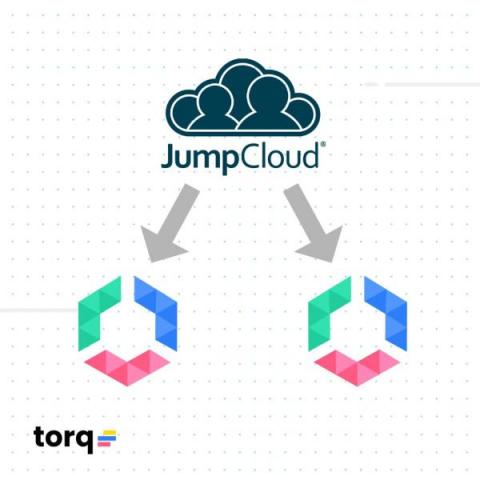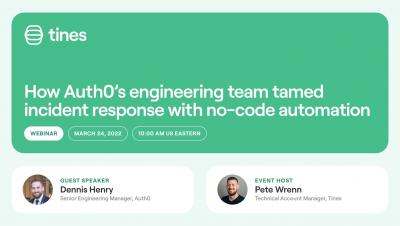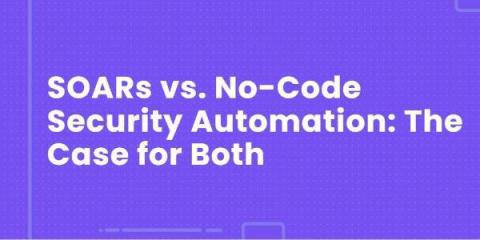Automated Just-In-Time Permissions Using JumpCloud+Torq
For security teams, properly managing which users can access resources and governing the level of access those users have is about as basic as locking the door at night. Understandably then, there are thousands of options available to fine-tune or revoke access, and it’s likely that issues come up daily for most companies—if not hourly.











